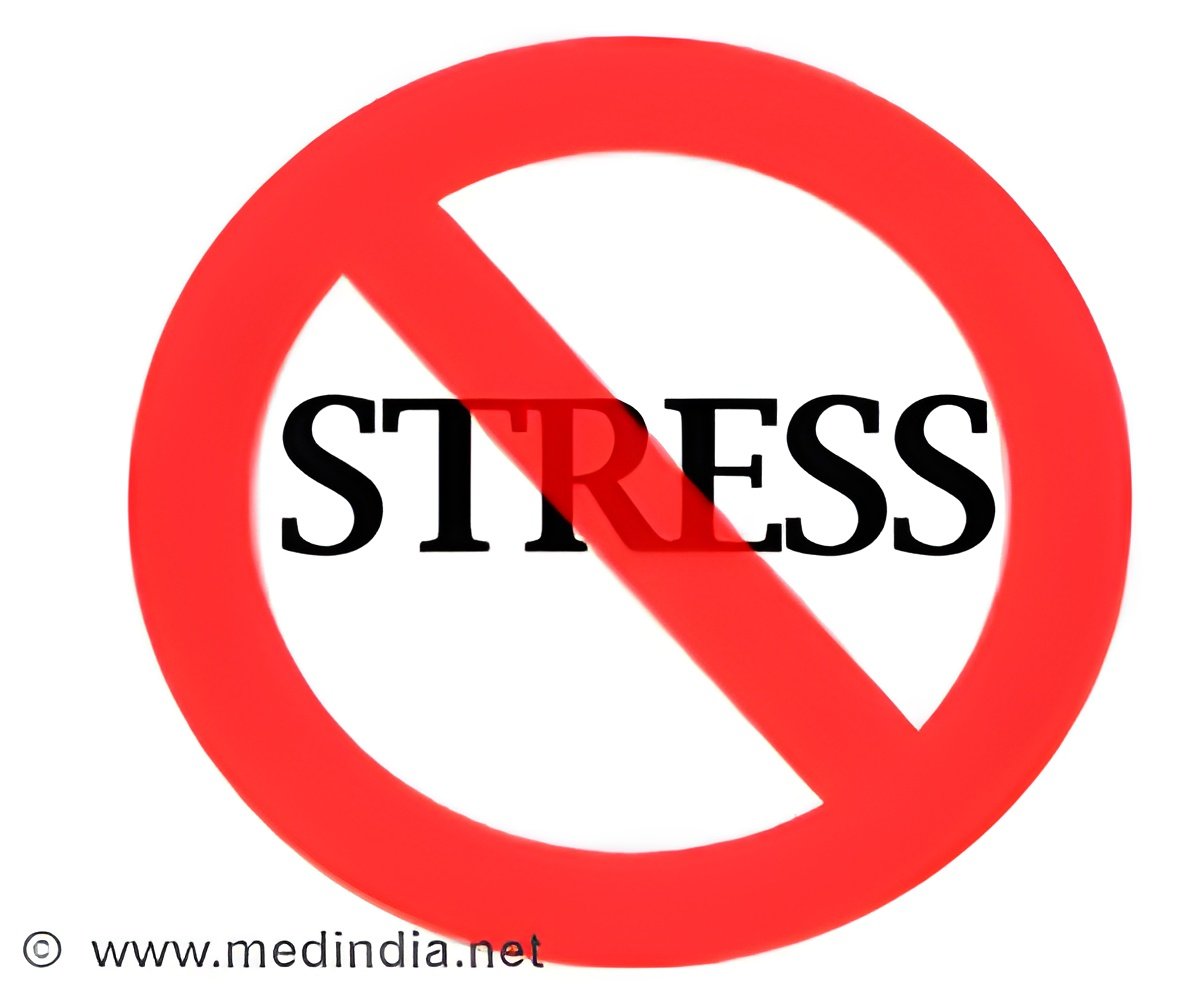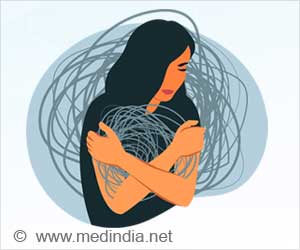
Their results, published in Neuroscience Letters, and presented today at the annual meeting of the American Psychiatry Association in San Francisco, show that the effects of trauma persist in certain brain regions even when combat veterans are not engaged in cognitive or emotional tasks, and face no immediate external threats. The findings shed light on which areas of the brain provoke traumatic symptoms and represent a critical step toward better diagnostics and treatments for PTSD.
A chronic condition that develops after trauma, PTSD can plague victims with disturbing memories, flashbacks, nightmares and emotional instability. Among the 1.7 million men and women who have served in the wars in Iraq and Afghanistan, an estimated 20% have PTSD. Research shows that suicide risk is higher in veterans with PTSD. Tragically, more soldiers committed suicide in 2012 than the number of soldiers who were killed in combat in Afghanistan that year.
"It is critical to have an objective test to confirm PTSD diagnosis as self reports can be unreliable," says co-author Charles Marmar, MD, the Lucius N. Littauer Professor of Psychiatry and chair of NYU Langone's Department of Psychiatry. Dr. Marmar, a nationally recognized expert on trauma and stress among veterans, heads The Steven and Alexandra Cohen Veterans Center for the Study of Post-Traumatic Stress and Traumatic Brain Injury at NYU Langone Medical Center.
The study, led by Xiaodan Yan, a research fellow at NYU School of Medicine, examined "spontaneous" or "resting" brain activity in 104 veterans of combat from the Iraq and Afghanistan wars using functional MRI, which measures blood-oxygen levels in the brain. The researchers found that spontaneous brain activity in the amygdala, a key structure in the brain's "fear circuitry" that processes fearful and anxious emotions, was significantly higher in the 52 combat veterans with PTSD than in the 52 combat veterans without PTSD. The PTSD group also showed elevated brain activity in the anterior insula, a brain region that regulates sensitivity to pain and negative emotions.
Moreover, the PTSD group had lower activity in the precuneus, a structure tucked between the brain's two hemispheres that helps integrate information from the past and future, especially when the mind is wandering or disengaged from active thought. Decreased activity in the precuneus correlates with more severe "re-experiencing" symptoms—that is, when victims re-experience trauma over and over again through flashbacks, nightmares and frightening thoughts.
Advertisement
Advertisement















